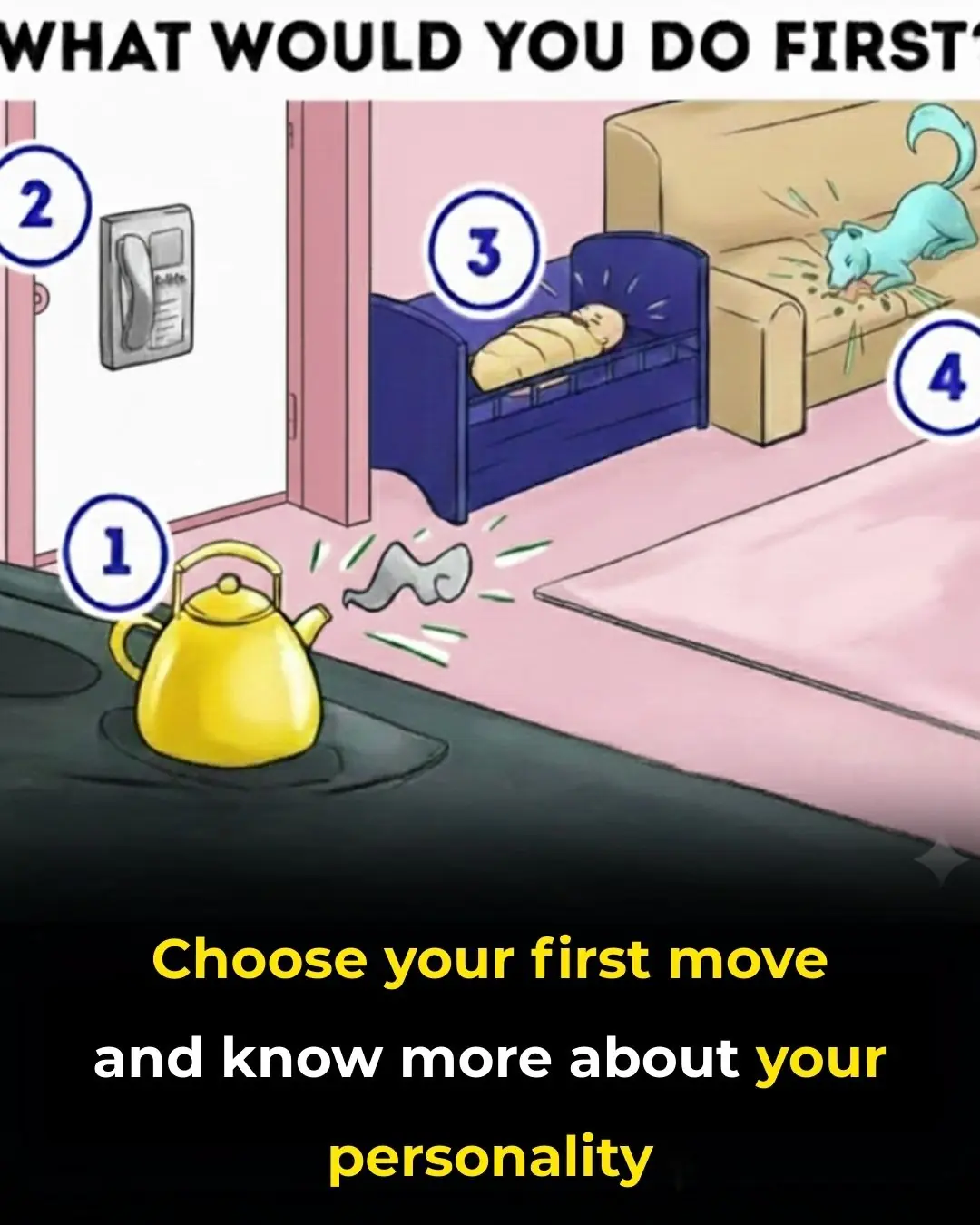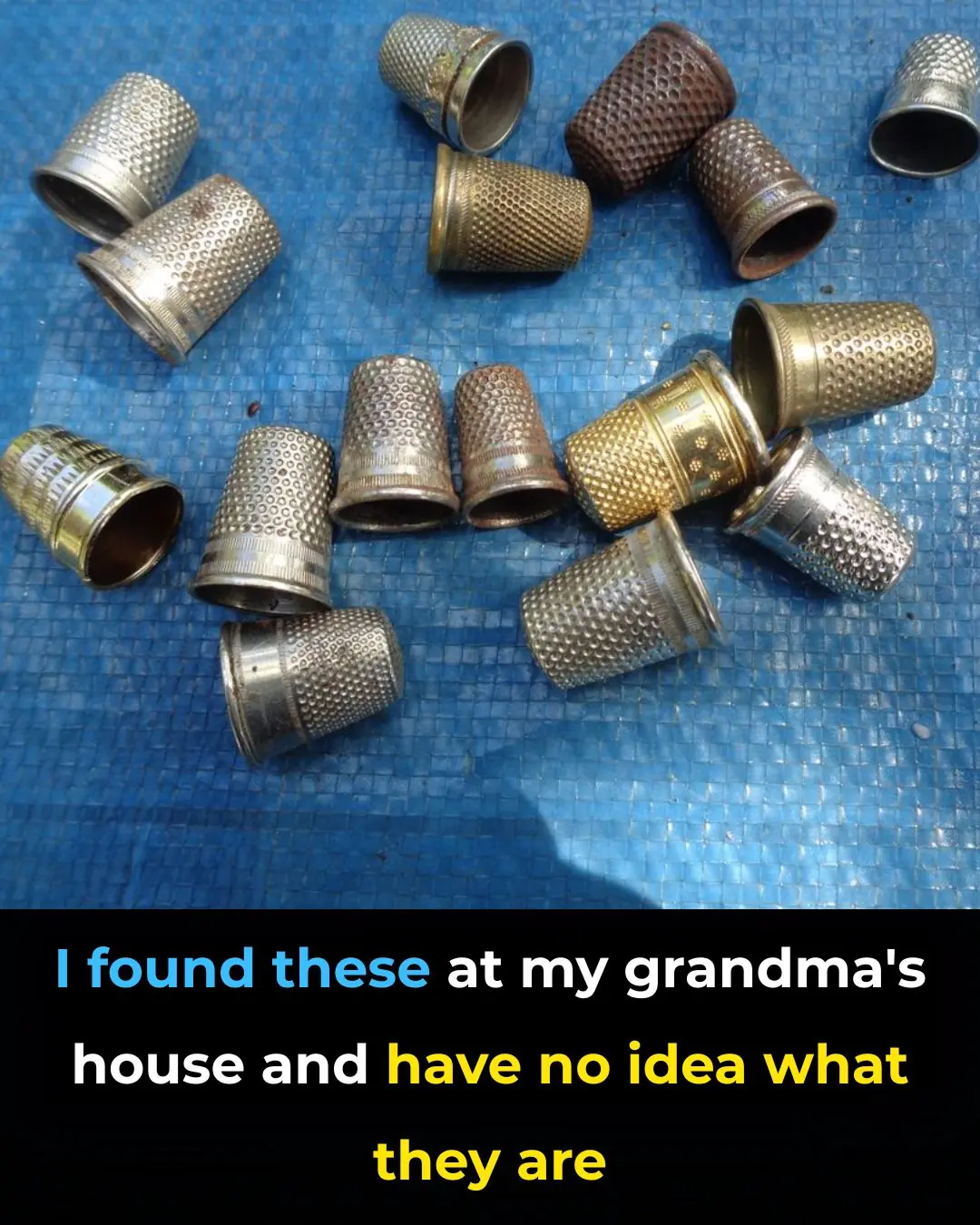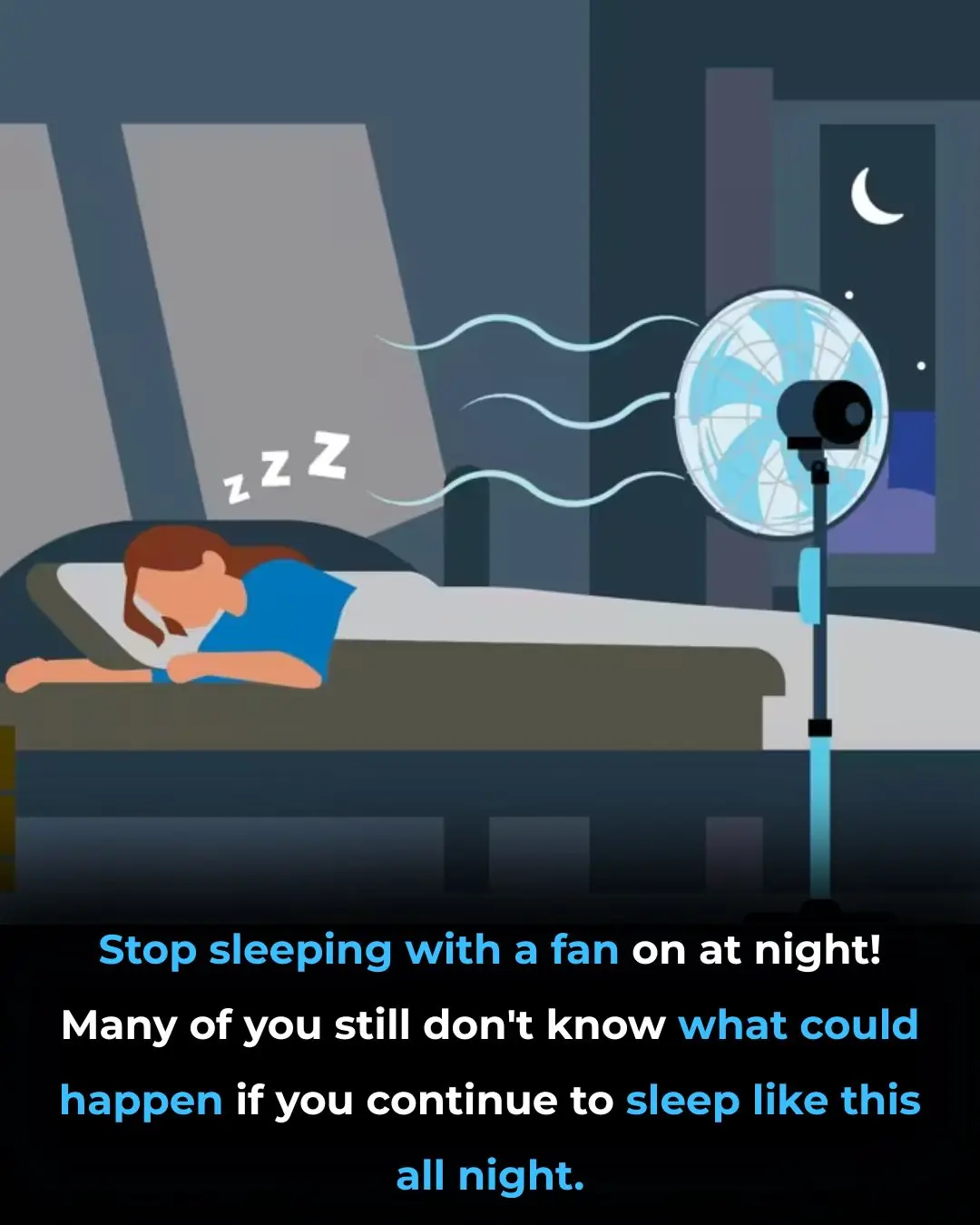
Most Drivers Miss This Simple Button That Improves Visibility At Night
The highway stretches out like a river of black glass, silent and endless. Your headlights slice through the darkness, creating a narrow tunnel of light that reveals only the next few seconds of road ahead. Then, without warning, a car pulls up behind you. Its LED headlights explode across your rearview mirror, flooding your vision with harsh, white glare. The brilliance burns into your eyes, washing out the road and leaving you blinking through tears. For a moment, you’re half-blind — a dangerous place to be at 70 miles per hour.
Almost every driver has lived through that moment. But what most don’t realize is that their car already holds the solution — a tiny, unassuming lever hiding beneath the rearview mirror. It’s a feature so simple, so elegantly mechanical, that people often forget it exists at all.
While entire manuals are written about using headlights and maintaining clean windshields, one of the best night-driving safety tools sits quietly above your dashboard. A single flick of that little tab can mean the difference between painful glare and a clear, calm view of the road.
Flip the Tab: The Old-School Fix That Still Works
At the bottom center of your rearview mirror is a small lever, usually about an inch wide and jutting out half an inch. When oncoming LED beams fill your vision, reach up and flip it. Instantly, the glare fades to a soft, manageable glow. You can still see the cars behind you, but the searing brightness vanishes.
That small motion hides an elegant secret of physics. The lever doesn’t power any electronics or filters — it simply changes the angle of the mirror. Rearview mirrors are made of wedge-shaped glass, thicker on one edge than the other. The back of the glass is coated with a reflective metal layer, while the front is plain glass.
In daytime mode, the bright reflection comes from the back coating. But when you flip the tab, the mirror tilts slightly so you see the reflection from the front surface instead. The front reflects only 4% of incoming light, compared to the 80% reflected by the back. The result? The blinding beams shrink to a tolerable shimmer — no batteries, no electronics, just geometry and reflection.
It’s an idea that dates back to the 1930s, when engineers first realized they could build a glare-reducing mirror with no moving parts except a simple hinge. By the 1970s, nearly every car in America came with a “day/night” rearview mirror, and the design has barely changed since.
Mechanical simplicity keeps it reliable. No sensors to fail, no wiring to corrode. Even after decades of use, that tab still works exactly as intended. But there’s a small catch — when dimmed, objects in the mirror appear slightly farther away than they are. It takes a few drives for your brain to adjust, but the payoff in comfort and safety is worth it.
When to Use the Dimming Feature
Many drivers ignore the tab altogether. Some flip it once and never touch it again. Others leave it in night mode 24/7, unknowingly reducing their visibility during the day. The real trick is to use it based on your environment, not the clock.
If you’re driving through a brightly lit city with plenty of streetlights, the glare from headlights is softened by ambient light, so dimming isn’t necessary. But on a dark highway — especially rural stretches with no lighting — that flip can save your vision and reaction time.
Modern LED and HID headlights are much brighter than old halogens. Their color temperature (cool white or blue-white) scatters more in your eyes, causing longer afterimages and slower recovery. Using the dimming mirror minimizes this eye fatigue and keeps your attention on the road ahead.
A 2001 report from the National Highway Traffic Safety Administration (NHTSA) revealed that headlight glare was the top public complaint in vehicle safety, receiving over 4,000 comments — more than any other issue that year. Two decades later, the problem is worse. Vehicles are taller, headlights are higher, and LED arrays are more intense. Over 50,000 drivers have signed online petitions demanding stricter brightness limits. Until regulations catch up, your best defense is that small lever above your dashboard.
When the Dimmed View Becomes a Problem
The dimmed reflection works wonders on the highway, but in some situations it becomes risky. When you’re backing out of a parking space or maneuvering in tight areas, the reduced brightness can distort distances. A low concrete barrier or shopping cart might completely vanish from view.
Always flip your mirror back to daytime mode before reversing or parking. The same applies to parallel parking, navigating dim garages, or tight spaces where inches matter. The night mode is for driving — not maneuvering.
And remember to reset the mirror every morning. A dimmed mirror in daylight makes surrounding traffic harder to spot, especially fast-approaching vehicles in your blind spot. Clear visibility during the day is far more important than fighting nonexistent glare.
The Evolution of Automatic Dimming
Manually flipping the mirror every night and morning isn’t difficult, but it’s one more step to remember — and humans forget. Forget once, and you might back into a post you didn’t see. That’s why inventors sought to automate the process.
In the 1950s, Jacob Rabinow, an American inventor, created a photocell device that could automatically detect bright headlights and tilt the mirror to reduce glare. His system used motors and light sensors, and though it worked, the mechanical parts wore out over time.
The real breakthrough came in the 1980s, when Gentex Corporation developed the electrochromic mirror — a design that dimmed automatically without moving parts. Instead of tilting, these mirrors used a chemical reaction inside the glass itself.
Here’s how it works: between two thin layers of glass sits an electrochromic gel. When a voltage passes through, the gel darkens, reducing reflectivity. When the voltage stops, it clears again. Two sensors control this process — one facing forward to detect ambient light, and one facing backward to sense headlight glare.
When the rear sensor detects bright headlights, it sends a signal that darkens the gel in proportion to the glare’s intensity. The mirror adjusts smoothly — no clicks, no delay, no guesswork. Once the lights disappear, the gel clears automatically.
By the mid-2010s, electrochromic mirrors had become standard in mid-range and luxury vehicles. Many models also synchronize their side mirrors, dimming all three simultaneously for consistent visibility.
How to Know If Your Mirror Is Automatic
The easiest way to tell? Look for the tab. If your rearview mirror does not have a flip lever, it’s automatic. Most auto-dimming mirrors also feature a small LED indicator, usually green or amber, that glows when the system is active. Some display the word AUTO on the mirror surface itself.
To test it, shine a flashlight from behind the driver’s seat toward the mirror. Within a few seconds, the glass should darken. If it doesn’t, check your owner’s manual — some systems can be toggled off via a dashboard menu or button.
Many vehicles even allow drivers to adjust the sensitivity of auto-dimming through the infotainment system. Lower sensitivity means the mirror darkens less; higher settings make it dim more aggressively. Finding your preferred level is one of the easiest ways to improve comfort during long night drives.
However, like any technology, auto-dimming mirrors can fail. The gel layer may degrade over time, or sensors may die, leaving the mirror stuck dark or permanently bright. When that happens, replacement mirrors are usually available, though cost depends on whether the mirror also includes a compass, temperature display, or garage-door opener.
Motorized Dimming Buttons
Some luxury vehicles — especially from BMW, Mercedes-Benz, or Lexus — bridge the gap between manual and fully automatic dimming. Instead of a lever, these models use a small motorized button. Press it once, and a tiny motor silently tilts the mirror between day and night modes.
The system works just like a manual tab, except the motor handles the movement. Some include an LED light to show which mode is active. The change takes about a second, and the whirring sound confirms the shift. While still driver-controlled, it feels smoother and more refined — a small luxury in the everyday driving experience.
The Battle Over the Perfect Mirror
The race to perfect dimming mirrors sparked decades of innovation and even lawsuits. After Gentex introduced its electrochromic design in the late 1980s, competitors like Donnelly Corporation tried to develop similar technology. Gentex sued for patent infringement in 1990, and the legal fight stretched nearly ten years. Both companies survived, but Gentex emerged as the dominant supplier.
By the 2000s, nearly every major automaker used Gentex mirrors. But even success brought problems. Between the late 1990s and mid-2000s, Magna Donnelly produced millions of mirrors with poor seal materials that couldn’t handle years of heat and cold. Over time, the seals cracked, and the gel inside leaked.
When that happened, the gel could drip onto dashboards or center consoles, destroying trim and paint. Some owners reported seeing bubbles or dark stains spreading across the mirror before it failed. Automakers faced thousands of warranty claims. By 2007, BMW and several others moved all production back to Gentex, whose improved seal materials eliminated the issue.
Today, Gentex supplies around 85% of the world’s auto-dimming mirrors, and most cars built after 2010 no longer suffer from these failures. Still, if you own an older car and notice dimming problems or leaking gel, replace the mirror immediately — before it damages your interior.
Caring for Your Mirror: A Simple Habit with Big Results
Even the best technology won’t help if your mirror is dirty. Fingerprints, dust, and skin oils scatter light in unpredictable ways, ruining the clarity of both manual and automatic dimming. A single fingerprint can turn a clean reflection into a hazy blur.
The fix is simple but important. Avoid harsh, ammonia-based cleaners — they can strip the reflective coating from the glass and cause permanent dark spots. Instead, use water or a mild, ammonia-free glass cleaner designed for mirrors. Spray the cleaner onto a microfiber cloth, not directly on the glass, so liquid doesn’t seep into the edges or behind the housing. Wipe in straight lines to avoid streaks.
For automatic mirrors, clean gently around the sensors — they rely on clear light readings to work correctly. Regular cleaning every few weeks keeps the dimming response sharp and prevents the buildup of grime that scatters light.
Whenever you adjust the mirror, grab it by the housing or mounting arm instead of touching the glass. That small habit keeps the surface pristine and ensures that the mirror — whether manual or electronic — works perfectly when bright lights hit it.
The Final Reflection
From a tiny mechanical tab to high-tech electrochromic glass, the rearview mirror has evolved into one of the most quietly sophisticated safety features in your car. It doesn’t just show you what’s behind; it protects your vision from the relentless glare of modern headlights.
So the next time a set of LED beams blazes through your back window, remember: the solution isn’t to squint, curse, or lean to the side. It’s a simple flick of a lever — or the gentle glow of an auto-dimming sensor — working silently to keep your night drive safe and your vision clear.
News in the same category


Reducing Meat Consumption by 90%: A Critical Step to Combat Climate Change and Ensure Global Sustainability

Revolutionary Nanobodies Offer New Hope for Alzheimer’s and Parkinson’s Disease Treatment

Gray Wolves: The Remarkable Lifelong Bond Between Mates and Their Role in Pack Survival

Sebastian Errazuriz’s Robotic Dogs: A Satirical Commentary on Tech Billionaires and the NFT Market

Voyager Spacecraft: A 40-Year-Old Marvel of Engineering Exploring Interstellar Space

How the U.S. Escaped Hurricane Landfalls in 2025

Ancient Shark Fossils Unearthed in Mammoth Cave Rewrite 325 Million Years of Evolutionary History

How an Italian Police Lamborghini Huracán Helped Save Lives by Delivering Kidneys Across Italy

Can Spinal Screws Push Through the Skin? Understanding a Rare but Serious Post-Surgery Complication

Why the Tongue Is One of the Most Important Organs in the Human Body

What You Do First in This Scenario

Small Steps, Big Impact: How 4,000 Steps a Day Can Transform Your Health

Rising Concerns Over Excessive Headlight Brightness: A Growing Challenge for Nighttime Driving Safety in the UK

Unwavering Loyalty: The Stray Dog's Final Journey of Love and Devotion

Revolutionary MRI-Guided Cryoablation Offers Non-Invasive Cancer and Pain Treatment in Sydney

So this is what it does, here is the answer

Scientists Unlock Healing Potential of Wisdom Teeth: Stem Cells for Regenerative Medicine

1054 Supernova: The Cosmic Explosion That Shaped the Crab Nebula

The zodiac signs with a supernatural sixth sense… See now
News Post

10 Best Foods to Detox Your Kidneys and Protect Renal Health

Honeybee Venom Can Destroy Breast Cancer Cells in Under an Hour — A Breakthrough That Could Transform Modern Medicine

Love Can Literally Make Your Body Crave More Sleep — Here’s the Science Behind It

A Revolutionary German Gel May Repair Joints Naturally—Potentially Eliminating the Need for Surgery

The Power of Clove Steam Inhalation (Respiratory Relief You Can Feel Immediately)

Peter Tabichi: The Kenyan Teacher Who Became the World's Best by Inspiring Change and Giving Back

Reducing Meat Consumption by 90%: A Critical Step to Combat Climate Change and Ensure Global Sustainability

Revolutionary Nanobodies Offer New Hope for Alzheimer’s and Parkinson’s Disease Treatment

Gray Wolves: The Remarkable Lifelong Bond Between Mates and Their Role in Pack Survival

Sebastian Errazuriz’s Robotic Dogs: A Satirical Commentary on Tech Billionaires and the NFT Market

Voyager Spacecraft: A 40-Year-Old Marvel of Engineering Exploring Interstellar Space

Popular blood pressure drug linked to increased cardiac arrest risk

How the U.S. Escaped Hurricane Landfalls in 2025

Ancient Shark Fossils Unearthed in Mammoth Cave Rewrite 325 Million Years of Evolutionary History

Powerful Health Benefits of Pineapple You Should Know

How an Italian Police Lamborghini Huracán Helped Save Lives by Delivering Kidneys Across Italy

Can Spinal Screws Push Through the Skin? Understanding a Rare but Serious Post-Surgery Complication

Why the Tongue Is One of the Most Important Organs in the Human Body

What You Do First in This Scenario
